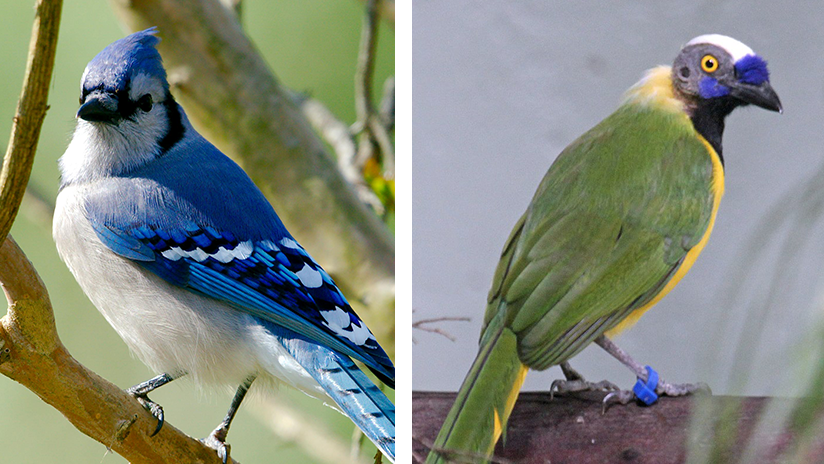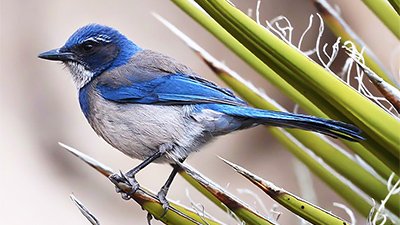Bird Origin Problems
Can evolutionists rescue their own model of bird origins?
News Source
Evolutionists are pointing to another gap in the dino–bird evolution model. Robert Nudds of the University of Manchester and Gareth Dyke of University College Dublin “point to the obvious but hitherto overlooked fact that modern birds don’t offer many clues about how they arrived at their current state of aerial prowess,” PhysOrg reports.
How did the first birds learn to flap their wings together (symmetrically)?
The specific question is, how did the first birds learn to flap their wings together (symmetrically)? Walking animals, including birds’ supposed theropod dinosaur ancestors, move their forelimbs in an alternating, asymmetrical manner as they move; a running dinosaur, even if it had wings, would not have the proper motion to take flight. The puzzled scientists consider this to be a key problem in dino–bird evolution.
“Birds are poor models of their flightless ancestors, the theropod dinosaurs,” Nudds explained. “They are at an advanced morphological stage in the development of flapping flight and possess uniquely avian musculature” (emphasis added).
In their study, the team first speculated that tree-dwelling dinosaurs might have given rise to the symmetrical flapping motion, since tree dwellers might have held their limbs out together when jumping from branch to branch. The problem is, the supposed fossil record of dino-to-bird evolution suggests birds evolved from ground-dwelling, not tree-dwelling, ancestors.
Eventually, without actually solving the riddle, the scientists concluded that “even moderate [symmetrical] movements are enough”—essentially discounting their lack of any answer and contradicting their original point. “[F]lapping flight could have been the consequence of a series of gradual changes in wing shape and movement,” PhysOrg summarizes.
The researchers, even while identifying another compelling problem with dino–bird evolution, invent a lackluster solution to sustain their acceptance of evolution. Vague, imaginary notions of “gradual change” can be imported into any evolutionary problem as an easy solution: indeed, one could probably pick any two animals at random and creatively postulate how the one could have “gradually changed” into the other. Such fantasies would not convince evolutionists apart from Darwinian dogma, and they certainly (still) don’t convince us.
Further Reading
For More Information: Get Answers
Remember, if you see a news story that might merit some attention, let us know about it! (Note: if the story originates from the Associated Press, FOX News, MSNBC, the New York Times, or another major national media outlet, we will most likely have already heard about it.) And thanks to all of our readers who have submitted great news tips to us. If you didn’t catch all the latest News to Know, why not take a look to see what you’ve missed?
(Please note that links will take you directly to the source. Answers in Genesis is not responsible for content on the websites to which we refer. For more information, please see our Privacy Policy.)
Recommended Resources

Answers in Genesis is an apologetics ministry, dedicated to helping Christians defend their faith and proclaim the good news of Jesus Christ.
- Customer Service 800.778.3390
- Available Monday–Friday | 9 AM–5 PM ET
- © 2025 Answers in Genesis




